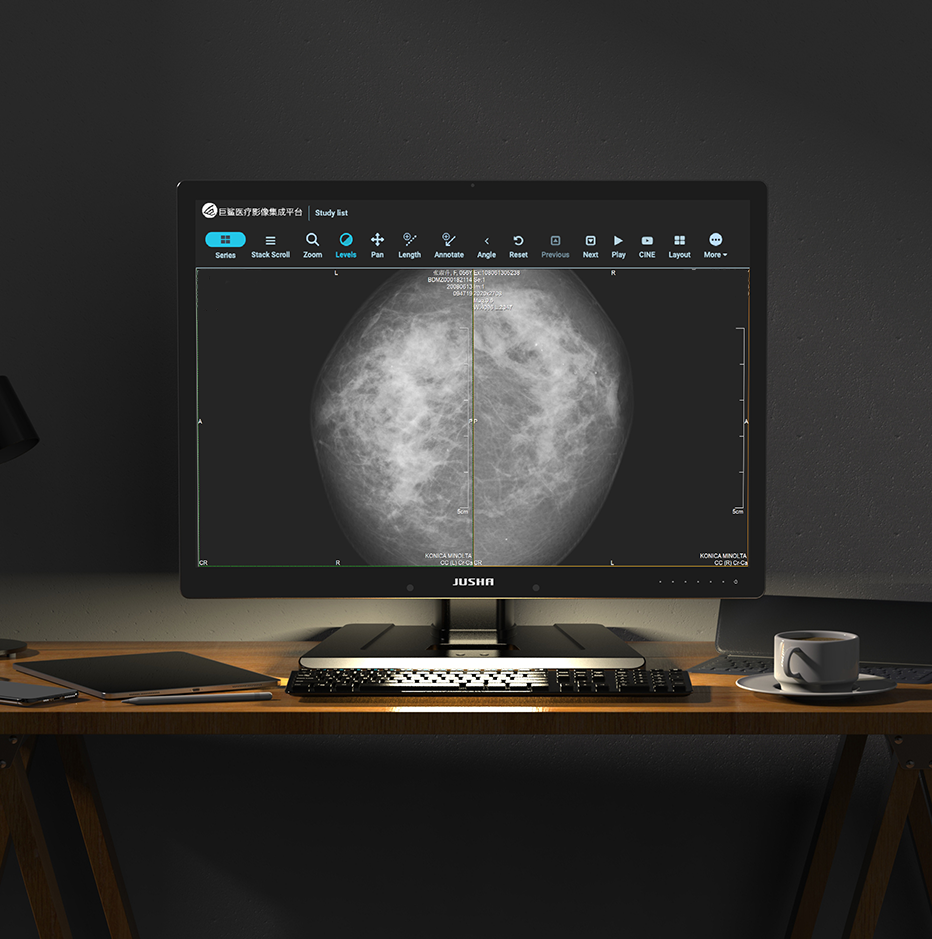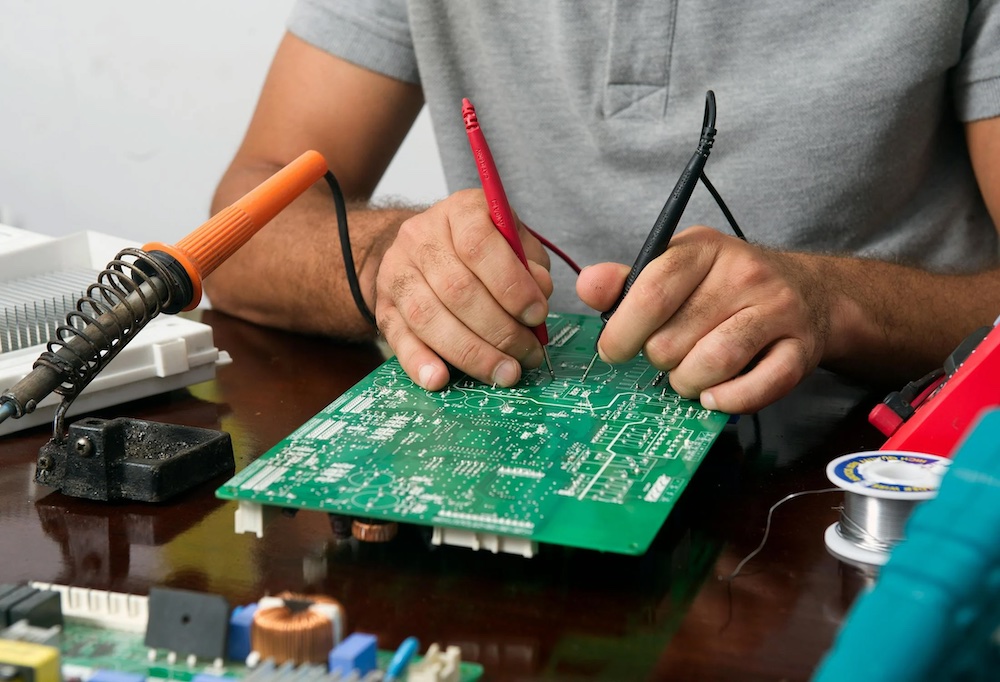













Introdução
Especificações
Documentos
Placa Gráfica
Software
Produto Relacionado
1. DICOM Calibration
Complying with DICOM 3.14 standard and equipped with dynamic LUT, the monitor is ensured to meet the DICOM requirements at any brightness, contrast, and color temperature, improves the accuracy and stability of lesion diagnosis.
2. Full Screen Uniformity
Through the pixel-by-pixel full-screen brightness uniformity calibration, the difference in brightness and color temperature of different screen areas caused by the characteristics of the liquid crystal panel can be effectively reduced. Ensure that any area of the entire screen conforms to the DICOM standard, which can significantly reduce missed and misjudged diagnosis.
3. JUSHA QA Compatible
Users can check and calibrate the monitor status by themselves, removing the side effects from panel's aging, which prolongs the lifespan of the monitor and achieving more accurate image.
4. Integrated Front Sensor
The user can customize the black point brightness, white point brightness and environmental brightness of the DICOM curve according to the actual environment and diagnosis requirements. Build-in sensors measure the current display brightness in real time, enabling the monitor automatically adjusted to the best status, and complying with DICOM standard any time.
5. Human Detection
Human detection feature will turn off the monitor when no person is presented. This prolongs the monitor's life cycle, and helps save energy.
6. 16bit LUT
The 16bit lookup table further reduces the DICOM error, and the distinction between two adjacent gray scales is more obvious, which is conducive to the diagnosis of the early lesion tissue with the smallest gray scale difference from the normal tissue.
7.Integrated Dual-screen
This technology can display images from two signals on one display,eliminating the problem of inconsistency
between the two screens caused by the difference of the screen itself,giving the final image result more
accurate and perfect.
8.Independent Dual Input Setup
You can change the image setting of different video source independently,such as calibration mode,resolution,color depth.Different image mode meeting various requirement
9.Daisy Chain
This technology connect a series of monitors to a single video output port on a computer or decking station,without tedious wiring work,and can reduce desktop clutter and cable management.
10.Ambient Light Adaptive
The monitor measures the ambient light in real time,and adjusts the display accordingly to ensure accurate diagnosis.
11.SmarTouch
Medical image diagnosis usually requires high brightness,and long-term use of high-brightness displays will damage your eyesight.In order to solve this problem,we provide a one-key brightening function.You can use a simple shortcut key to switch the display brightness between normal and maximum,providing great convenience for your work.
12.Lightbox Mode
The Lightbox Mode can increase the brightness of the monitor to peak value,which can replace the traditional Lightbox for film reading and increase work efficiency.
13.Spotlight Mode
Spotlight feature helps doctor to focus on certain area,better analyze tiny details.
14.10-bit Color Depth
This makes color transition smoother,minimized the error in adjacent color.The whole image looks more delicate.
15.Energy Efficient
With minimum power consumption of 0.5W,the monitor is eco-friendly and energy-saving,the LED backlight lifespan is also longer.
Placa Gráfica
Software